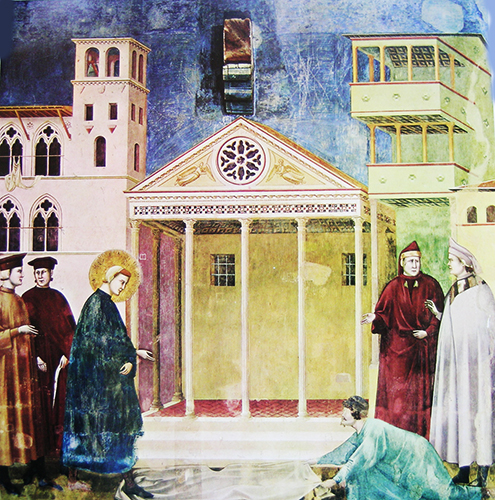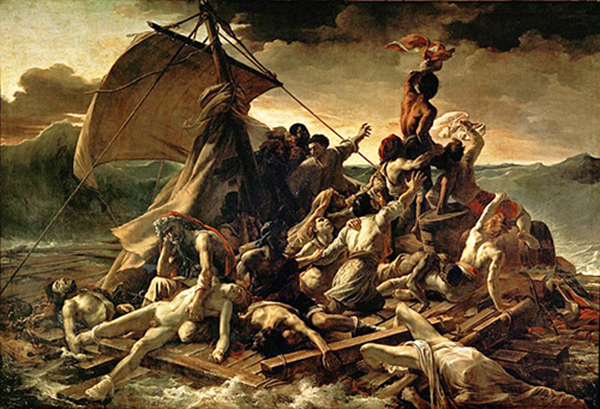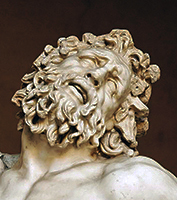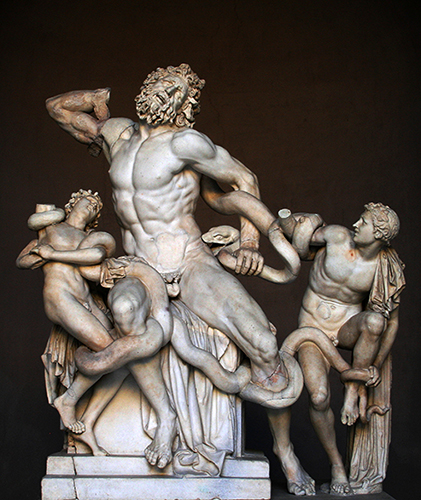Presentation
I have dedicated my whole life to art; creation, teaching, criticism, etc., and constantly, without any kind of inhibition, I reflect on it.
With this study, I allow me to situate myself freely in any historical moment; theme, movement, century, technique, creator, etc., etc. and accepting the relativity of my reasoning to reflect on it.
Having taught art history during numerous courses forced me, among other things, to analyze the works, not only from an historical point of view, but also for the aesthetic.
Art is an exciting activity and I would like, with my comments, in addition to making you discover aspects of the commented works, to influence you with my passion.
Art, as a manifestation of sensitive states, is a recent concept. Nevertheless, art, as we study it in the so-called history of art, has had a very specific function in the history. It was in the 20th century, however, when art has been freed from a specific function; social, religious, etc. and has become the creator's free means of expression. If we do the exercise of putting ourselves in the place of an artist from a certain historical moment, we will see that we would hardly understand art as it has developed since the beginning of the 20th century, which has been limited to be the expression of a creator for the joy and enjoyment of the viewer. This allows me to accept that we cannot extrapolate works, creators, concepts or others from certain historical moments with others.
![]()
In order to better enjoy art and, in this case, the works that I present to you, allow me to advise you that, once you have read the text that I have accompanied each work, to reflect, looking at the work, not only on what I have written, but try to discover other values of the work according to your personal reading. Practicing the reading of art, allows to develop the interpretive capacities of the spectator.






 Laocoon head
Laocoon head